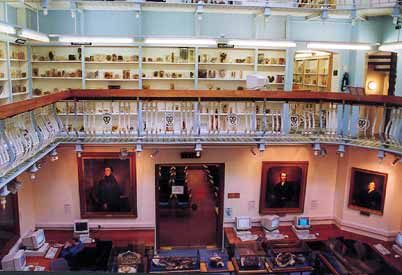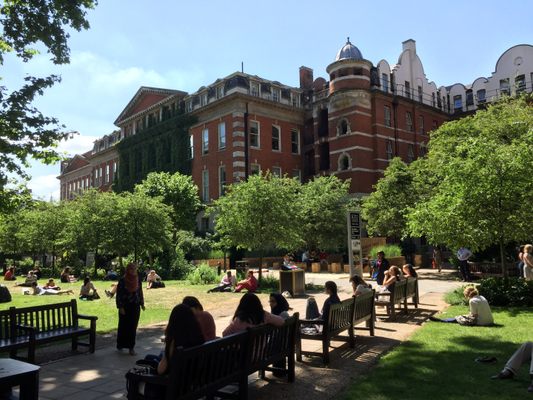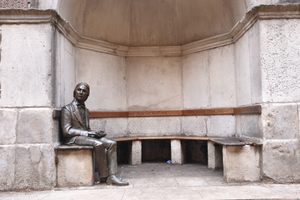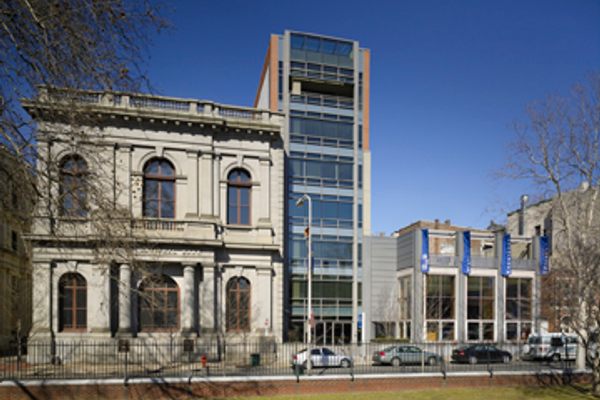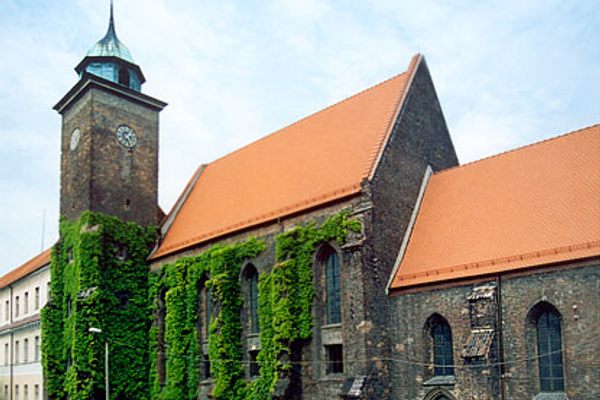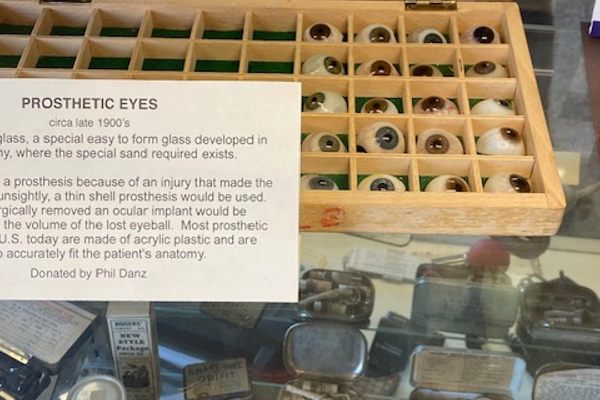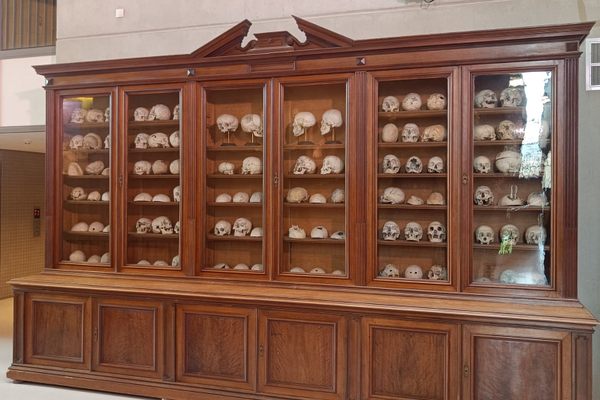About
The Gordon Pathology museum is part of the medical school at Guy's Hospital and one of the most impressive of its kind. It is one of the world's largest collections of pathological specimens and the largest medical museum in the UK. It also contains several important historic collections like the anatomical and dermatological wax models of Joseph Towne and Lam Qua's tumor paintings.
On display are some rare and unique artifacts, such as Lister’s antiseptic spray, Thomas Hodgkin’s stethoscope (the first to be used in England), and the original specimens which enabled Richard Bright, Thomas Addison, and Thomas Hodgkin to describe the medical conditions that bear their names.
A particular highlight and recent addition to the collection is the body of "modern mummy" Alan Billis who was mummified in 2010 by a team of experts with the same processes that were used in ancient Egypt.
The large collection continues to grow, as Gordon is one of the few institutions of its kind in the U.K. still accepting fresh specimens to document emerging diseases. Currently, there are about 8,000 fully cataloged pathological specimens, artifacts, models, and paintings with the oldest being dated around 1608. As the museum is meant to be a teaching environment the exhibits are arranged systematically by anatomy, although there are some specialized areas that focus on topics such as Forensic Medicine.
Related Tags
Know Before You Go
The Gordon Museum is located on the Guy's campus of King's College London in the Hodgkin Building. The collection is not open to the general public, its main function is to train medical, dental, biomedical and healthcare students and professionals to diagnose diseases. Medical professionals, researchers, students and staff of the College can visit the museum by prior arrangement.
Photography is strictly forbidden inside the museum due to the nature of the collection.
Published
June 30, 2009
